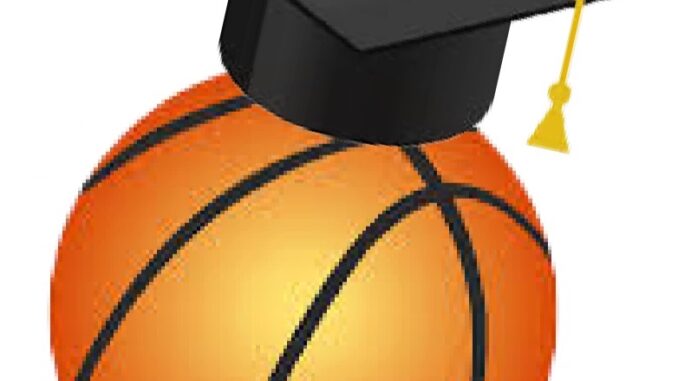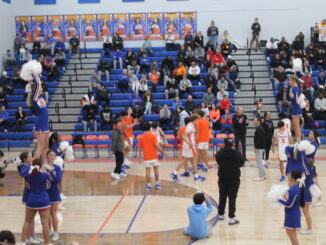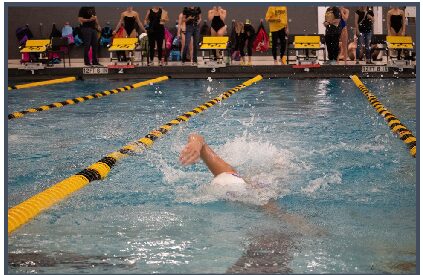
design: Jaylen Lewis
Wake up, go to school, go to practice, do homework, go to sleep and repeat. This is a tough reality for student athletes all across America including junior football players Rico Franklin-Davis and Andre Robinson.
Although school and athletic schedules vary and can change at the last minute this year, one aspect remains constant: being a student and an athlete is a juggling act.
“I have no consistent schedule because everything changes last minute these days,” Robinson said, “I go to school then football then either go home to do homework or go to work.”
“I usually work three or four days a week including Sundays and Saturdays and either Monday or Tuesday or both. But on days I don’t work I wake up, go to school on A days, then lift during my lifting period and then go out to the football field and do some drills and workouts,” Franklin-Davis said, “on days I don’t have school, I wake up at 6 a.m. and go to a workout facility, workout there, do lifts and different speed things and then I come home eat a breakfast and get started on school work.”
Balancing school, athletics and work is a true challenge for many student-athletes simply because there is no down time. Each aspect of their schedules is important and requires sharp time management which is a skill many high school students struggle with.
The student-athlete life is much different than the average high school student. Both Robinson and Franklin-Davis explained how student- athletes have problems balancing their school, athletic and social lives, an issue that people who are not student athletes wouldn’t quite understand.
“I say a constant challenge as a student athlete is finding time to buckle down and study for a test or make sure all my homework is done. I say this because at times I will finish a workout or a lift and just feel so drained where I want to go take a nap but I have to still do work for school,” Franklin-Davis said.
Robinson shared similar thoughts: “The biggest challenge in my opinion as a student athlete is the balancing of my grades and doing well in my sport.” Robinson said. He also stated that it is indeed possible to balance the two, but it takes away most of his social life, something that is essential for a lot of high school students.
Robinson and Franklin-Davis both agree that it’s difficult balancing education and athletics, yet have contradicting views on how athletics actually affects their in-school performance.
“Athletics do not directly affect my performance in school because I am fortunate enough to come home and not worry about doing things like working to feed my family,” Robinson said, “however it’s difficult to find motivation to do school work when I don’t get the same amount of excitement from doing school work as I do in sports.”
Franklin-Davis had a differing view. For some student athletes, time management doesn’t come naturally, and it’s a skill that they acquire through trial and error.
“Everyone tries to say athletics don’t affect your performance in school but it can if you don’t have a plan on how to handle it all,” Franklin-Davis said.
He added that at one point he didn’t have a plan of attack either, but he buckled down and figured it out.
Clearly, student athletes are not the average high school student. A lot of them don’t have time for certain activities that a non student-athlete could enjoy. Robinson and Franklin-Davis shared what they believed to be the biggest differences.
“The biggest difference is having more time to do leisure activities. Having the ability to associate with more people outside of your sports team,” Robinson said.
“The biggest difference between student athletes and regular students is an obvious one and that’s managing playing a sport and making sure you are still completing everything you need to for school,” Franklin-Davis said.
Although their responses differed, a common theme that emerged from their statements is the importance of time management, which appears to be the biggest difference between student athletes and regular students.
There aren’t too many people who see things from a student athletes perspective; the stress that comes with balancing athletics, education, and social life can be a daunting task for high schoolers. Student athletes have to push through these obstacles and manage every aspect of their life precisely in order to succeed.


